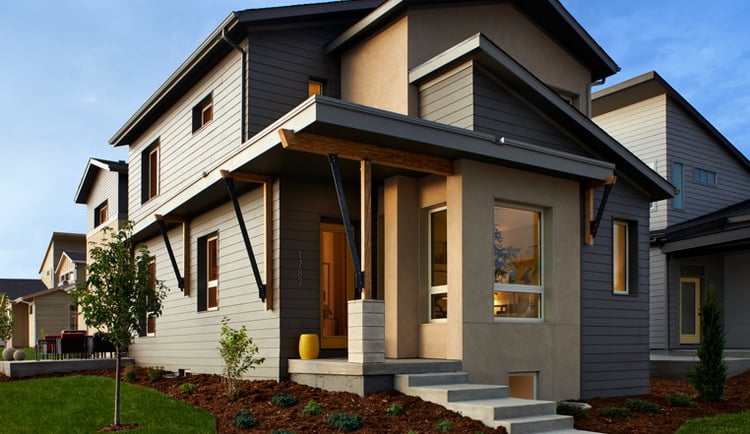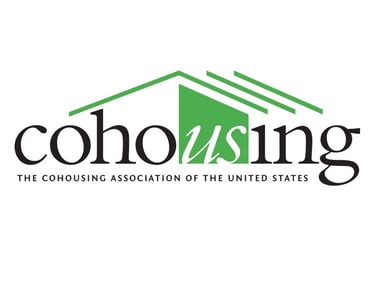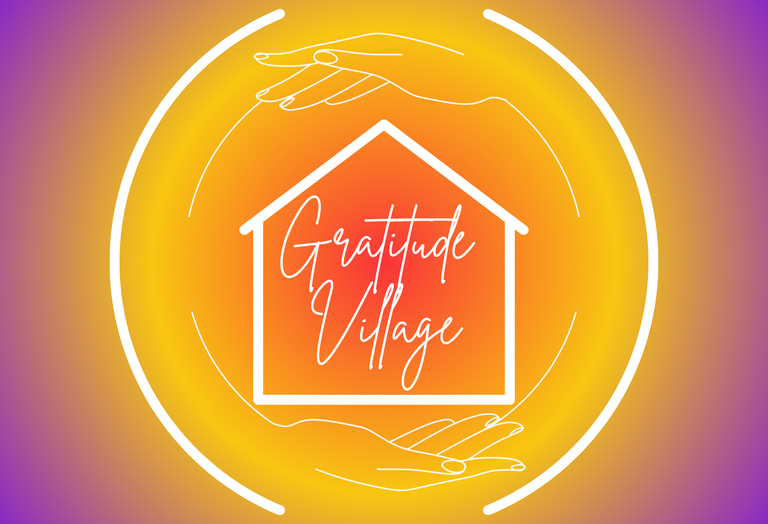Happy Holidays from Everyone at Gratitude Village!
LEED Platinum vs. Passive House: Which Certification is Right for You?
As interest in sustainable building practices grows, choosing the right certification can be crucial for those who want to minimize their environmental impact while maximizing energy efficiency and comfort. Two of the most recognized standards in green building are LEED Platinum and Passive House Certification. Both offer significant benefits but focus on different aspects of sustainability. In this blog, we’ll explore the key differences, benefits, and considerations of each to help you decide which certification is right for your sustainable home project.
Gratitude Village
1/8/20254 min read


LEED Platinum vs. Passive House: Which Certification is Right for Your Sustainable Home?
As interest in sustainable building practices grows, choosing the right certification can be crucial for those who want to minimize their environmental impact while maximizing energy efficiency and comfort. Two of the most recognized standards in green building are LEED Platinum and Passive House Certification. Both offer significant benefits but focus on different aspects of sustainability. In this blog, we’ll explore the key differences, benefits, and considerations of each to help you decide which certification is right for your sustainable home project.
What is LEED Platinum Certification?
Leadership in Energy and Environmental Design (LEED) is a globally recognized certification system developed by the U.S. Green Building Council (USGBC). It evaluates the overall environmental performance of a building across a range of categories, including energy efficiency, water use, materials selection, indoor environmental quality, and site sustainability. LEED projects are awarded points in these categories, and the total score determines the level of certification—Certified, Silver, Gold, or Platinum. LEED Platinum is the highest level, representing the pinnacle of sustainable building achievement.
Key Benefits of LEED Platinum:
Holistic Approach: LEED Platinum certification considers a wide range of sustainability aspects, from water efficiency and waste reduction to sustainable site development and indoor environmental quality.
Market Recognition: As one of the most well-known green building certifications, LEED can enhance the marketability and value of your property.
Flexibility: LEED offers flexibility in how you achieve points, allowing for various sustainable practices and technologies to be implemented based on the project’s unique needs.
Community Impact: LEED-certified buildings often incorporate strategies that benefit not just the building itself but the surrounding community, such as sustainable site development and alternative transportation.
Considerations:
Broader Scope, Less Focus on Energy: While LEED addresses energy use, it is not as focused on achieving ultra-low energy consumption as Passive House.
Complex Scoring System: Achieving LEED Platinum can require navigating a complex point system, balancing different aspects of sustainability to reach the top tier.
What is Passive House Certification?
Passive House (or Passivhaus) is a building standard focused primarily on energy efficiency and occupant comfort. Originating in Germany, it aims to create buildings that have minimal ecological impact by reducing energy consumption for heating and cooling to a fraction of what is used in conventional buildings. This is achieved through super-insulation, airtight construction, high-performance windows, and balanced ventilation with heat recovery. Passive House buildings are known for their consistent indoor temperatures and superior air quality, regardless of the climate.
Key Benefits of Passive House:
Extreme Energy Efficiency: Passive House buildings typically use up to 90% less energy for heating and cooling than conventional buildings.
Comfort and Indoor Air Quality: The rigorous standards for insulation and airtightness mean stable indoor temperatures and superior air quality.
Predictable Performance: Passive House buildings are designed and modeled to perform precisely as expected, minimizing energy bills and environmental impact.
Long-term Savings: Although the initial cost can be higher, the reduced energy consumption leads to substantial savings over time.
Considerations:
Narrower Focus: Passive House focuses almost exclusively on energy efficiency and comfort, without directly addressing other sustainability factors like water use, site impact, or materials.
Design Constraints: The stringent requirements for insulation, airtightness, and thermal bridge-free construction can limit design options and require specific expertise.
How to Choose the Right Certification?
1. Prioritize Your Goals:
If your primary goal is to create an energy-efficient building with the lowest possible environmental footprint, Passive House may be the best choice. It’s particularly suitable for residential projects where energy performance and indoor comfort are paramount.
If you’re looking for a broader sustainability certification that addresses a wide range of environmental impacts, including energy use, materials, water, and community benefits, LEED Platinum offers a more holistic approach.
2. Consider Project Scope:
For smaller, residential projects focused on achieving the highest level of energy efficiency, Passive House is ideal.
For larger commercial or mixed-use projects, or projects where you want to emphasize overall environmental performance and community impact, LEED Platinum might be more appropriate.
3. Budget and Expertise:
While both certifications can lead to long-term savings, the upfront costs and the expertise required can vary. Passive House requires specific expertise in energy modeling and airtight construction, while LEED may require consultants familiar with the point system and documentation process.
4. Location and Climate:
Passive House is effective in all climates but can be particularly beneficial in extreme climates where heating or cooling demands are high.
LEED’s broader approach can be more adaptable to a variety of project types and locations, with points available for location-specific sustainability strategies.
Both LEED Platinum and Passive House certifications represent the gold standard in sustainable building, but they serve different purposes. LEED Platinum offers a comprehensive, flexible framework for overall sustainability, while Passive House focuses intensely on energy efficiency and occupant comfort. The right choice depends on your specific project goals, budget, and vision for sustainability.
Whichever path you choose, investing in a certified sustainable building is a step toward a greener, more resilient future. For those of us at Gratitude Village, we’re committed to building a LEED Platinum community with Passive House certified homes that not only meets but exceeds these standards, creating a place where people and the planet can thrive together. If you’re interested in learning more about our commitment to sustainable living, get in touch with us at info@gratitudevillageco.com.
COMMUNITY
Join us in embracing nature, diversity and connection.
Sustainability
DIVERSITY
info@gratitudevillageco.com
720-689-4821
© 2025. All rights reserved.
AFFORDABILITY
Gratitude Village Inc. is a 501(c)3 charitable corporation that values diversity, equity, and inclusion as essential to our mission
Subscribe to our Substack
Refund Policy




Gratitude Village is a Proud Member of these organizations
